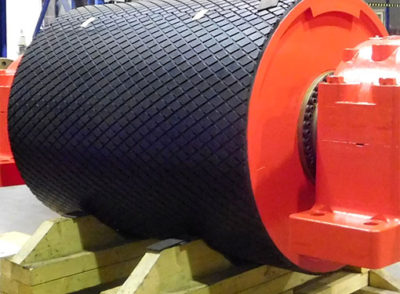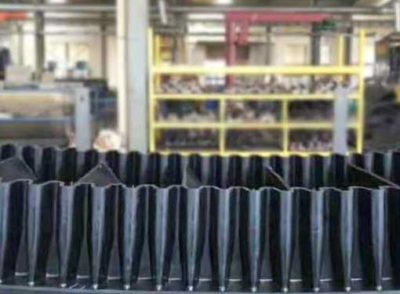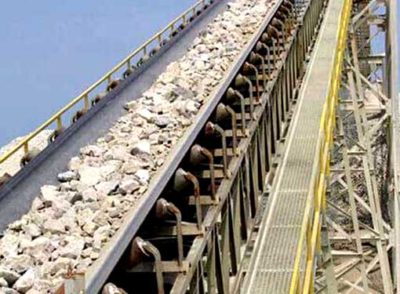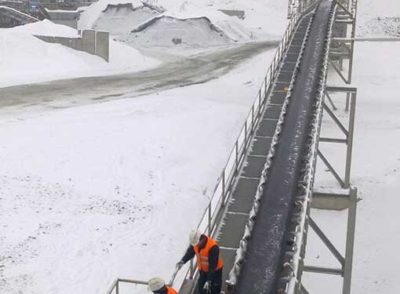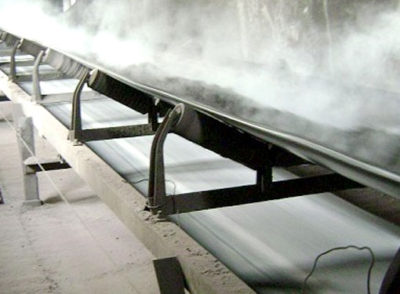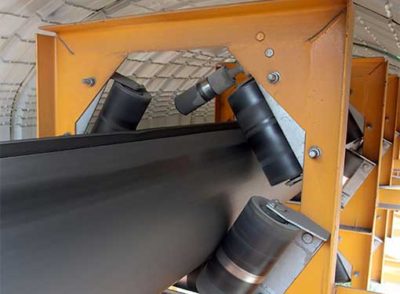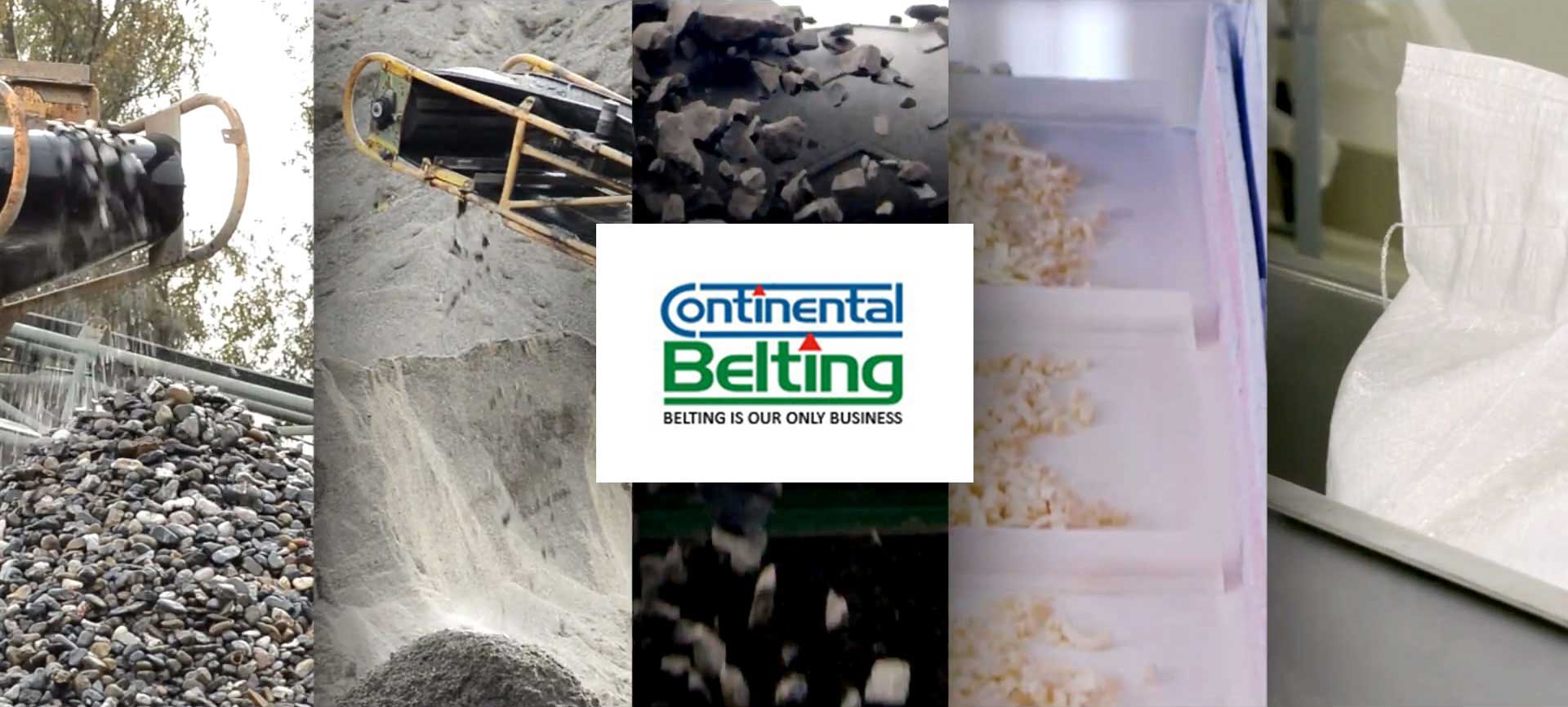
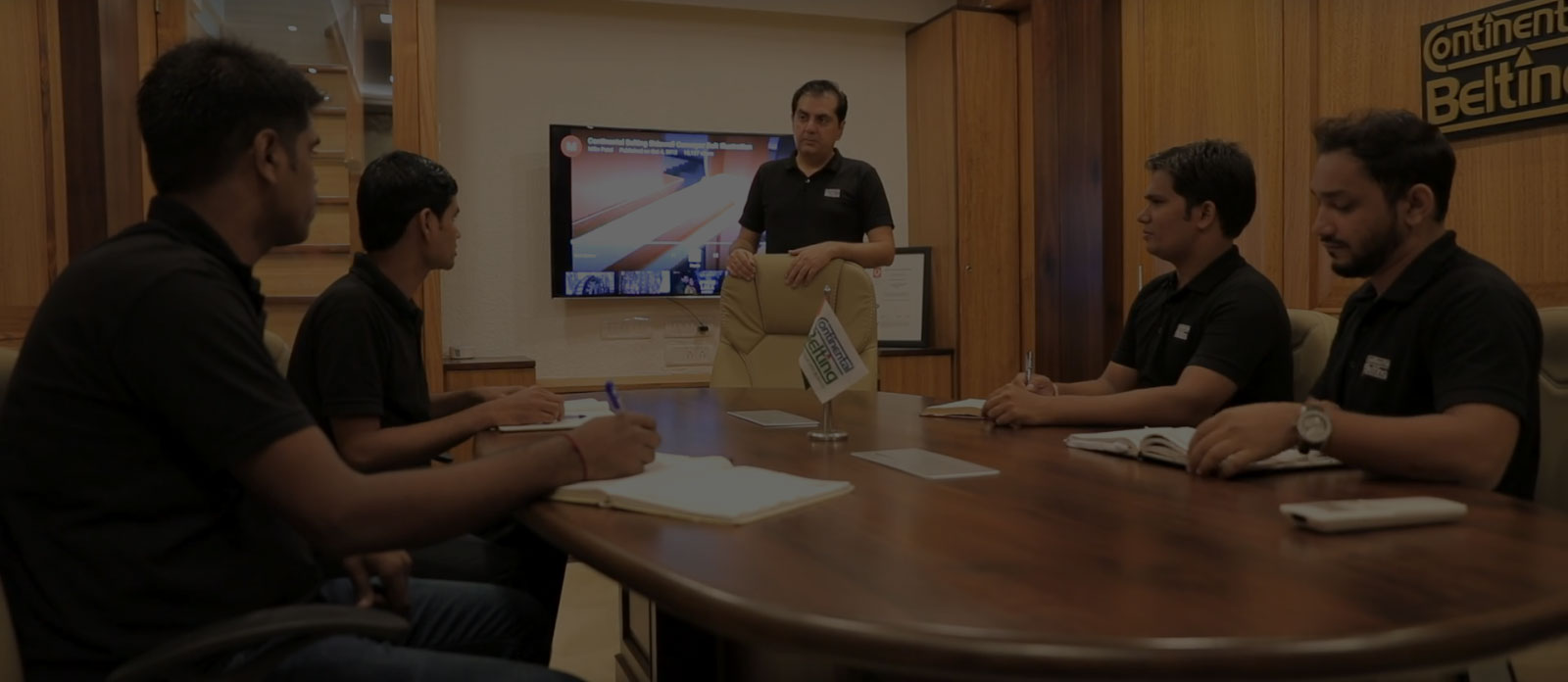
inventory of
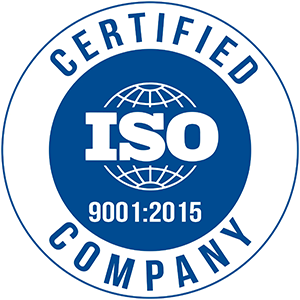
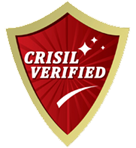
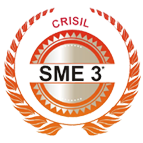
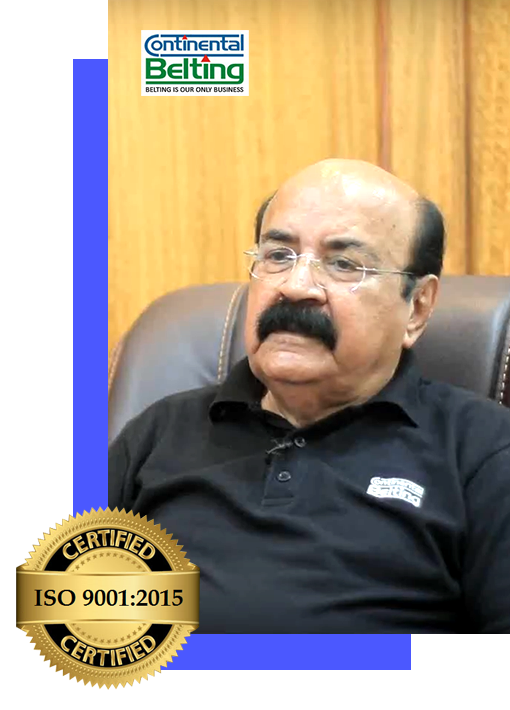


Best Award Company
Welcome To Continental Belting Pvt. Ltd.
Continental Belting Pvt Ltd is started its business in the year 1984. We have the deep knowledge in the field of manufacturing Rubber Conveyor Belt, we have grossed a successful name as a leader in Rubber Conveyor Belt MANUFACTURER, SUPPLIER, AND EXPORTER and the widest range of General Duty Belt conveyor Belt Resistant Belt Rubber Sheets, Bucket Elevator and many more conveyor belt. Also, we shall be pleased to review and recommend or customize the belt for special applications on demand.
Satisfied clients
Completed projects
Our Experience
Our employee
India’s Largest Manufacturers of Heat Resistant Conveyor Belt
Design and deliver Conveyor Belts to over 92% of the ET500 conveyor belt user companies. We provide a complete range of products and services by leveraging our business expertise, through our well established brands.
Learn Something New More From Our Blog
We are giving the best Food Grade Conveyor Belt in India.
Our Experience
Above 40 years of experience of maintaining the ultimate management
Quality Products
We offer the best performance and the best quality.
High Standard
We deliver the high standard products and having high durability
Get A Best Quality Industrial Conveyor Belt In INDIA!
Get A Best Quality Industrial Rubber Sheet In INDIA!
Get A Best Quality Industrial General Duty Belt In INDIA!
We have many clients
world wide!
Our expert team members are actively dedicated to providing world-class Rubber Conveyor Belt and export our ISO 9001:2015 certified Belting from Agro-industry to Airlines to over 45 countries.




